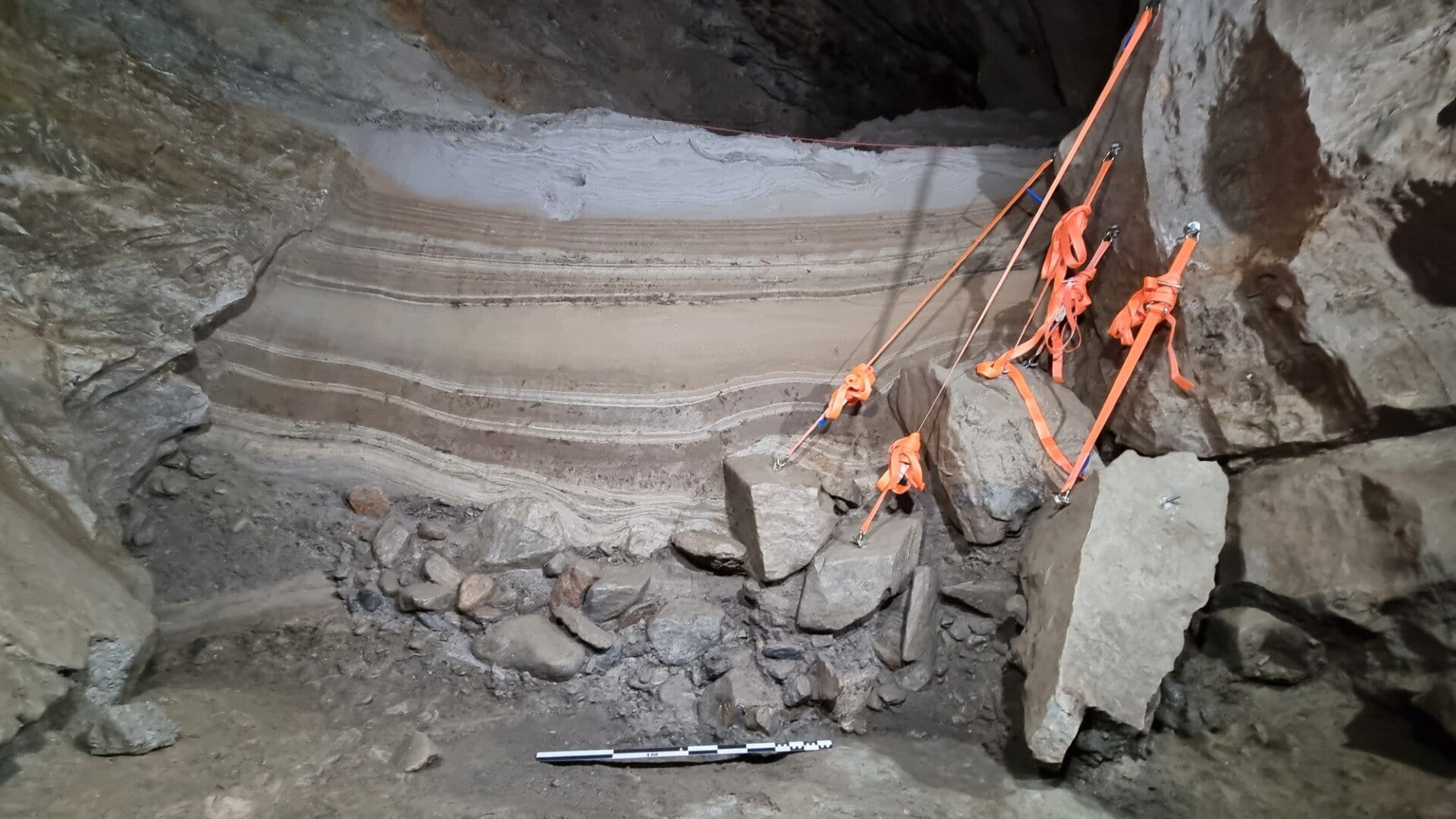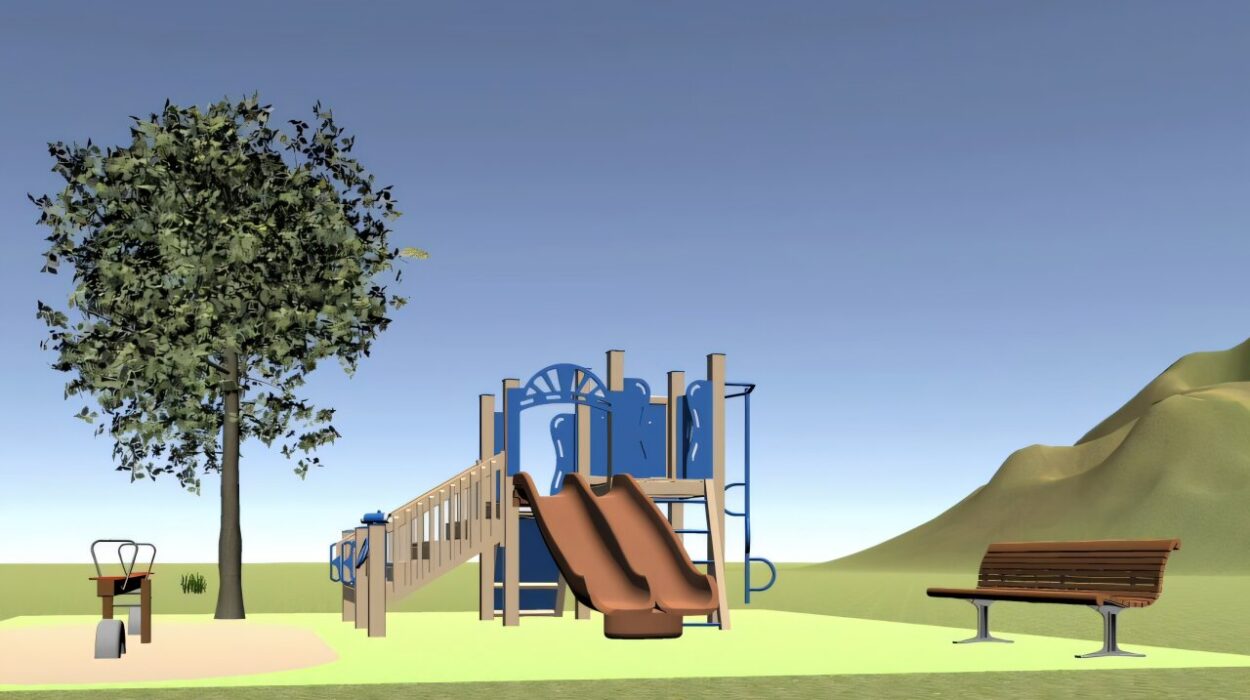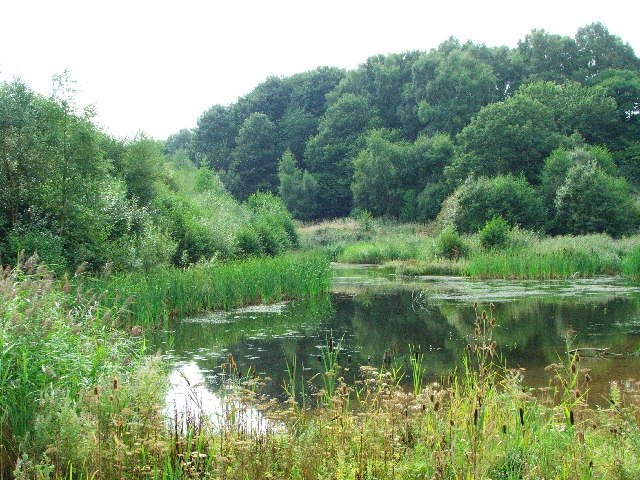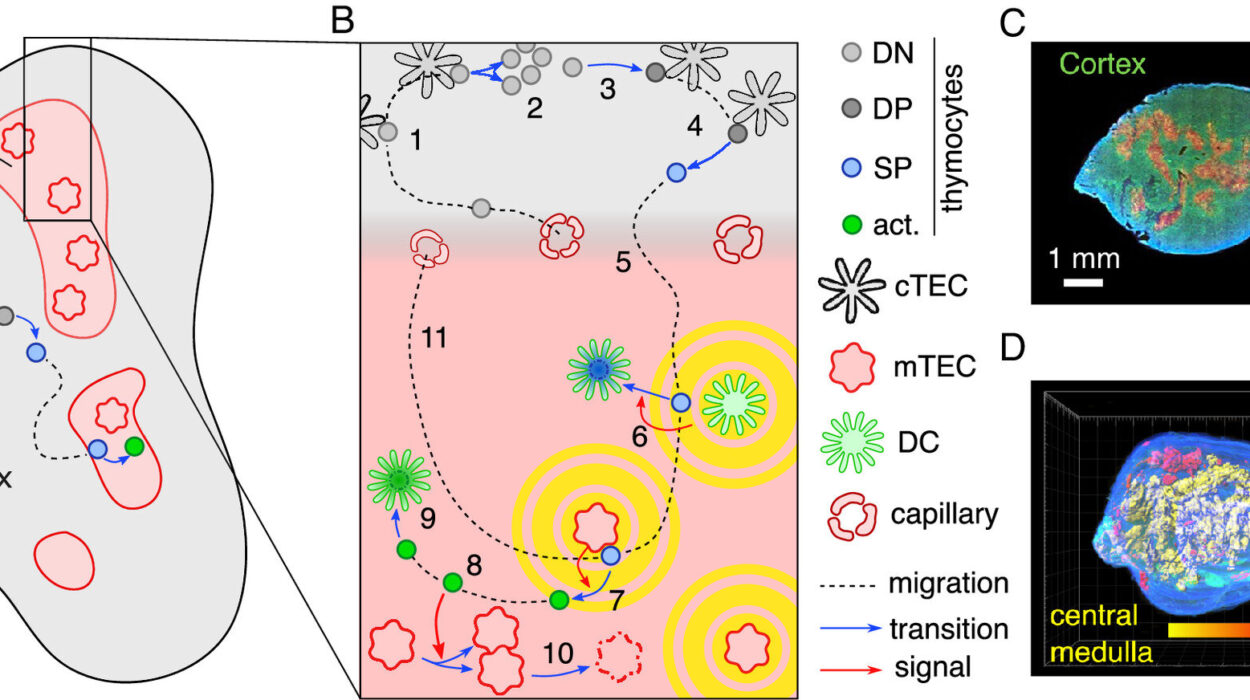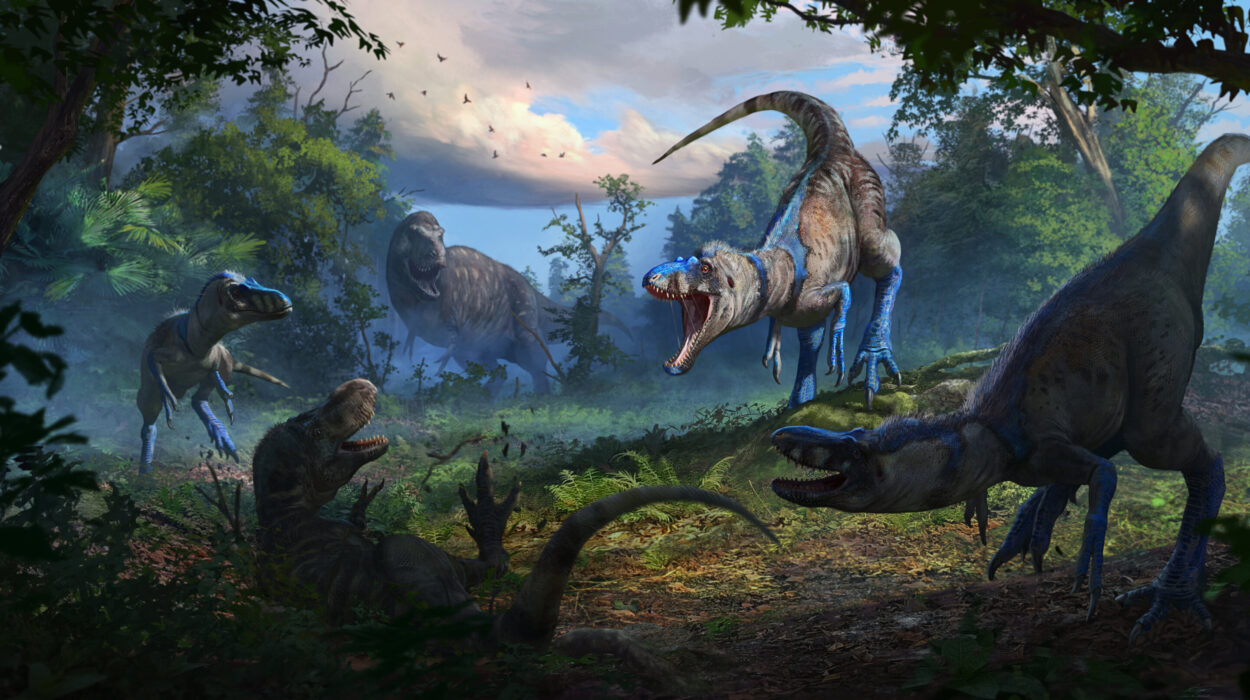Deep beneath the coastal mountains of northern Norway, a silent cave has kept a secret for more than 75,000 years. Now, after decades of neglect, it has finally spoken.
Inside Arne Qvamgrotta cave—accessible only because a mining tunnel chiseled through the mountain in the 1990s—scientists have uncovered the remarkably well-preserved remains of a sprawling animal community that once thrived along the European Arctic coast. The bones belong to 46 species, including mammals, birds, and fish, and together they form a vivid snapshot of a thriving Ice Age ecosystem that is older than nearly any other Arctic record in Europe.
“This is a once-in-a-career kind of discovery,” said Dr. Sam Walker, lead author of the new study published in Proceedings of the National Academy of Sciences (PNAS). A researcher at both Bournemouth University and the University of Oslo, Dr. Walker emphasized the rarity of finding such an ancient and diverse assemblage. “These discoveries provide a rare snapshot of a vanished Arctic world.”
But beyond its scientific novelty, the find delivers a timely and urgent message. These ancient remains, gathered painstakingly over two years of excavation in 2021 and 2022, are more than frozen echoes from the past—they’re a warning. Because these species, adapted to cold climates, ultimately disappeared when the ice returned. They could not outrun the climate.
Life Between the Ice: An Arctic Haven 75,000 Years Ago
This Ice Age community was born during an unusually warm interlude—an interstadial—in what was otherwise a frigid epoch. Along Norway’s northern coast, glaciers had temporarily retreated, creating a rare window of habitability. Tundra stretched to the sea, the ice cover diminished, and rivers and lakes laced the landscape.
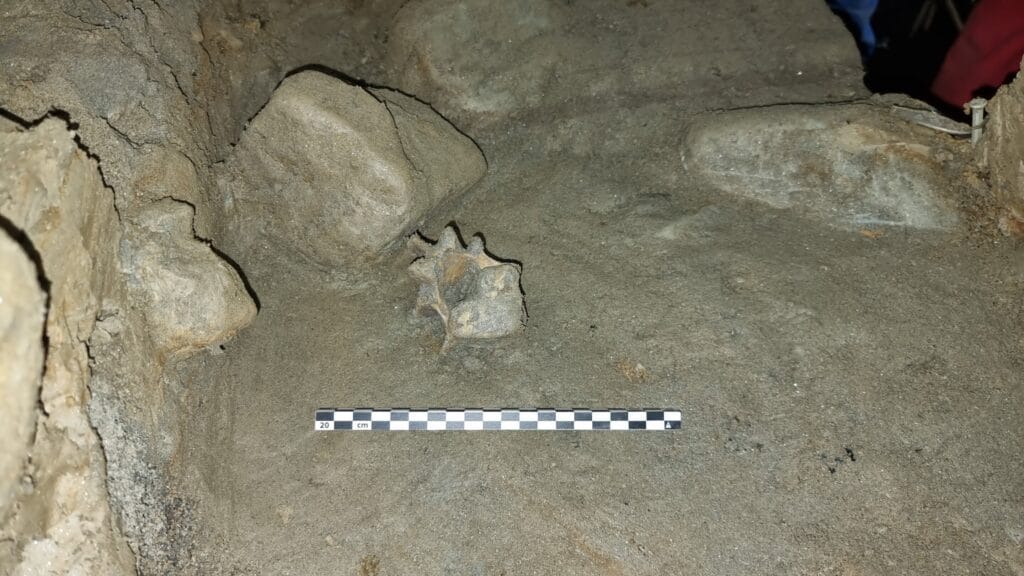
It was, for a time, a cradle of life.
Polar bears roamed the icy coasts. Walruses and bowhead whales navigated the sea ice. Birds like Atlantic puffins and rock ptarmigans nested in crags and cliffs. Schools of Atlantic cod swam in the nearby fjords, while freshwater fish drifted through rivers and lakes that sparkled under summer sun. Reindeer migrated across open plains, their hooves carving paths into the soft permafrost. Even collared lemmings—today extinct in Europe—called the region home.
And then, the warmth ended.
The ice returned, swift and brutal. Sea ice thickened. Glaciers swept down from the mountains. The interconnected ecosystem collapsed. And the bones—of lemmings, whales, reindeer, birds, and bears—were left behind, buried in darkness.
A Community That Couldn’t Run
One of the most sobering aspects of the study is the genetic evidence: DNA extracted from the bones shows that the specific lineages of animals living there at the time did not survive the next cold period. Unlike today’s Arctic animals, these weren’t just visitors—they were a stable community. But when the glaciers advanced again, they vanished.
“They were locked in place,” said Dr. Walker. “They couldn’t escape the changing climate, because the surrounding areas weren’t habitable either.”
This wasn’t just extinction on an individual level—it was ecological collapse.
That collapse has disturbing parallels with the present. Today, as Arctic temperatures rise faster than anywhere else on the planet, cold-adapted species are once again facing disruption. But this time, it’s warming—not cooling—that’s reshaping the landscape.
And unlike 75,000 years ago, the modern Arctic is fragmented. Human infrastructure, development, and shrinking wilderness corridors make it harder for animals to migrate or adapt to new conditions. “The habitats these animals in the region live in today are much more fractured than 75,000 years ago,” Walker warned, “so it is even harder for animal populations to move and adapt.”
A Cave Lost in Time—And Found Again
Arne Qvamgrotta cave might never have been rediscovered if not for an accidental intervention. When miners cut a tunnel into the mountain in the 1990s, they unknowingly opened a path to the ancient chamber. Yet for nearly 30 years, little scientific exploration took place. It wasn’t until a collaboration between researchers from the University of Oslo, Bournemouth University, and other institutions in Norway that the cave’s potential was fully realized.
Inside the cave, a treasure trove of paleontological evidence awaited. Unlike many Arctic environments, where bones are rapidly destroyed by erosion, scavengers, or freezing-thawing cycles, the cave preserved them remarkably well. Protected from the elements and insulated by rock, bones dating back over 75,000 years had been sealed in natural silence.
Senior author Professor Sanne Boessenkool, a geneticist at the University of Oslo, emphasized just how rare this kind of preservation is. “We have very little evidence of what Arctic life was like in this period because of the lack of preserved remains over 10,000 years old,” she said. “The cave has now revealed a diverse mix of animals in a coastal ecosystem representing both the marine and the terrestrial environment.”
Cold Truths for a Warming Future
At first glance, it might seem ironic that cold-adapted animals—like polar bears and lemmings—would struggle with a shift to colder climates. But what matters is not just temperature; it’s timing, geography, and the ability to move.
The animals discovered in the cave had likely colonized the region during the brief warm phase. When the ice returned, they were trapped between expanding glaciers and the unforgiving sea. Unable to adapt or migrate, they died out.
“It’s also important to note that this was a shift to a colder period—not warming like we are facing today,” Professor Boessenkool noted. “And these are cold-adapted species. So if they struggled to cope with colder periods in the past, it will be even harder for these species to adapt to a warming climate.”
That insight turns the Arne Qvamgrotta cave into a kind of ecological time capsule—a message from the past about the fragility of Arctic life. These creatures were not evolutionary failures. They were simply overwhelmed by change that came too fast.
A Collaboration Across Time and Borders
The study was a major undertaking, requiring collaboration across multiple institutions: the University of Oslo, Bournemouth University, the University Museum of Bergen, the Norwegian University of Life Sciences, and others. Together, the scientists used a mix of traditional excavation, radiocarbon dating, and cutting-edge DNA analysis to reconstruct the ecosystem from thousands of fragments.
That combination of methods allowed the researchers not only to identify which species were present, but also to estimate when they lived, how they interacted, and why they disappeared.
In some cases, the bones even told stories about the local environment. The presence of freshwater fish suggests rivers and lakes dotted the tundra. Species like bowhead whales and walruses imply seasonal sea ice—ice thick enough to support them, but not so vast as to cut off movement. The discovery of harbor porpoise remains is especially revealing: these animals avoid heavy ice, indicating that the region likely experienced dynamic, shifting sea ice rather than year-round coverage.
The evidence points to a coastal refuge—ice-free enough to sustain life, yet cold enough to maintain Arctic biodiversity. It was, for a time, a delicate balance. And then, like a flame snuffed out, it was gone.
The Lessons Beneath Our Feet
The remains inside Arne Qvamgrotta aren’t just relics of an Ice Age long past—they’re roadmaps to our future. They show us how species reacted to abrupt environmental shifts, how fragile Arctic communities can be, and how isolation can turn a temporary change into a permanent extinction.
They also raise urgent questions for modern conservation. How can we protect cold-adapted species as the Arctic warms faster than anywhere else? How can we ensure migration routes remain open? And how do we reconcile the accelerating pace of climate change with ecosystems that evolved over millennia?
These bones whisper to us across time—not in language, but in silence. In absence. In extinction.
They remind us that nature, no matter how vast, is vulnerable. And that the past is never truly dead—it lives beneath our feet, waiting to be heard.
More information: Walker, Samuel J. et al, A 75,000-y-old Scandinavian Arctic cave deposit reveals past faunal diversity and paleoenvironment, Proceedings of the National Academy of Sciences (2025). DOI: 10.1073/pnas.2415008122. doi.org/10.1073/pnas.2415008122
